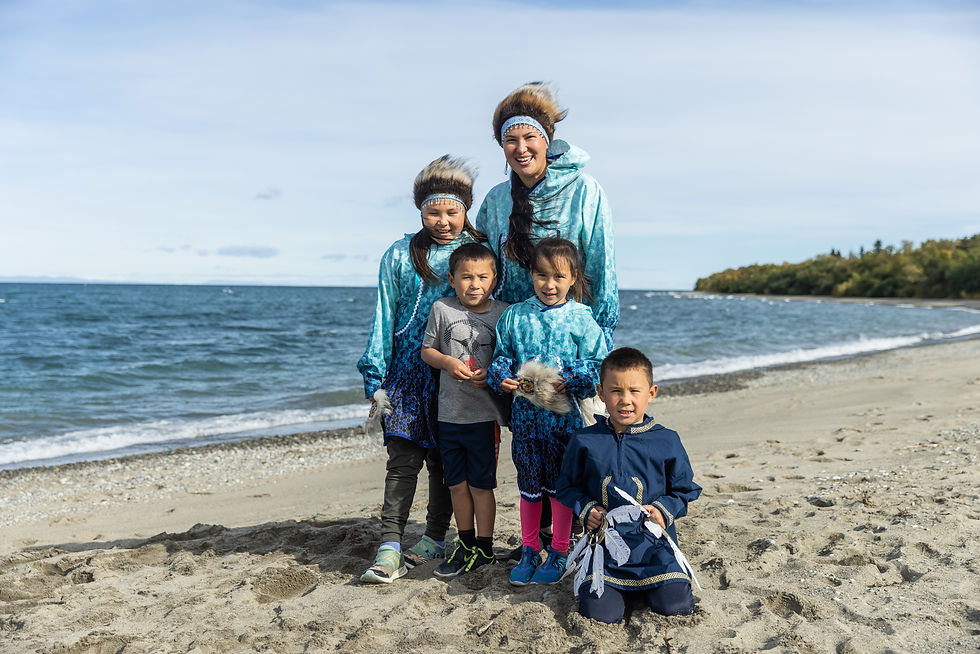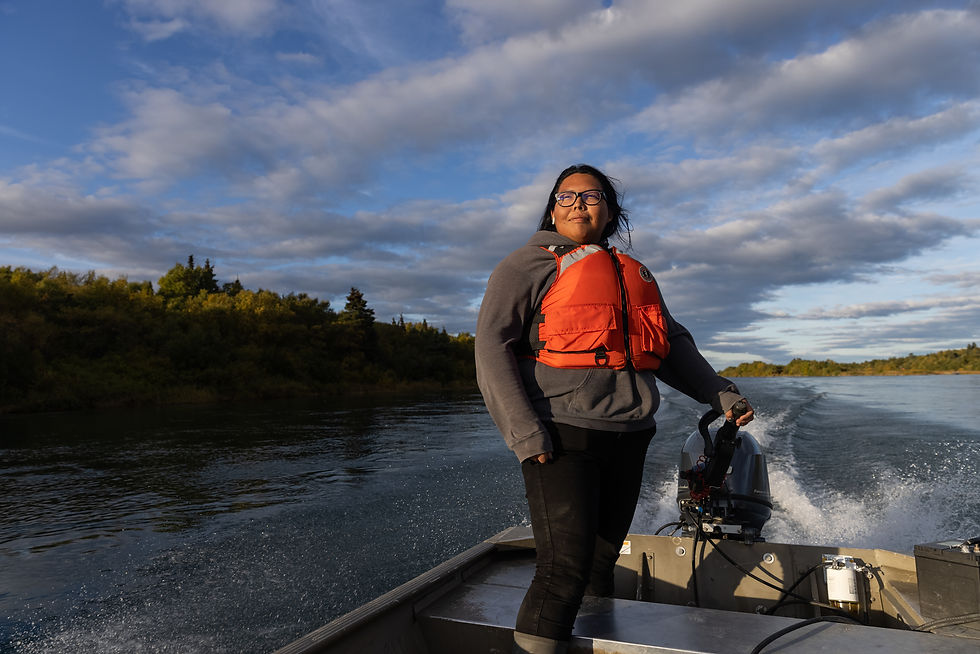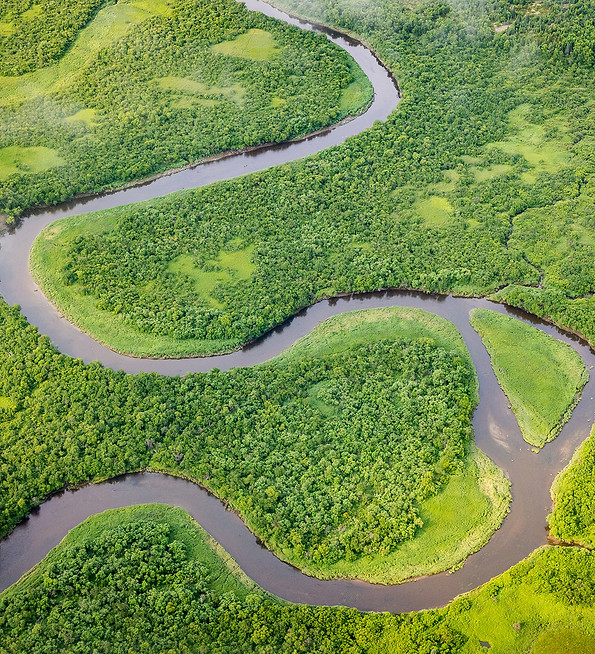Identifying available Native allotments before they are lost to non-Native buyers.
Surveying

Securing funding to act quickly when land is available.
Fundraising

Placing land back into Igiugig stewardship—not to be sold, but protected for future generations.
Reunifying


The Consequences of ANCSA in Igiugig
Loss of Sovereignty Over Land
Unlike Tribes in the Lower 48, which still govern reservations, Igiugig has no tribally owned land. The village exists on land that must be leased or purchased from private owners.
Land Fragmentation & Limited Access
Native Allotments were granted in individual, scattered parcels, breaking up the landscape and limiting the Tribe’s ability to manage land collectively.
Risk of Land Loss
Many allotments are now owned by multiple heirs or have been sold off, making it difficult for the community to reunite with its traditional lands. Each time an allotment is sold to a non-Native buyer, that land is permanently lost to the Tribe.

The Native Allotment System & Igiugig's Land Fragmentation
The land around Igiugig is deeply fragmented—divided into small, privately owned Native Allotments, corporate lands, state lands, and federally managed areas. Unlike many Indigenous communities in the Lower 48, Igiugig does not have a contiguous tribal land base. Instead, the people of Igiugig live on land that is leased or owned by non-Native individuals, corporations, or the state, leaving the community without legal control over its homeland.
This fragmentation is a direct result of the Alaska Native Claims Settlement Act (ANCSA), passed by Congress in 1971. Unlike the reservation system in the Lower 48, where tribal governments retained collective ownership of their lands, ANCSA forced Alaska Native Tribes into a corporate model. Under this system, tribal lands were not placed into trust for collective ownership as they were in the Lower 48. Instead, land was divided among newly created Native Corporations, which were tasked with managing it as private business entities, not sovereign governments.
Many Alaska Native communities, including Igiugig, were left without a designated land base—instead, individuals were granted small Native Allotments, which could be bought and sold like private property.

Reuniting with the Land—Restoring Our Future
The land is not just where we live but who we are. For thousands of years, the Igyararmiut have moved with the salmon, walked the same trails as our ancestors, and carried the knowledge passed down through generations. But through colonization and land policies, our homelands were taken, divided, and leased to others.
We do not accept a future where our land belongs to outsiders. Without land, we cannot protect our salmon, teach our children, or live as we always have.
The Kuicaak Fund’s Land Back initiative is about action. It ensures that when land becomes available, we are ready—ready to welcome back our homelands, to steward it as we always have, and to ensure that lands stay united.
